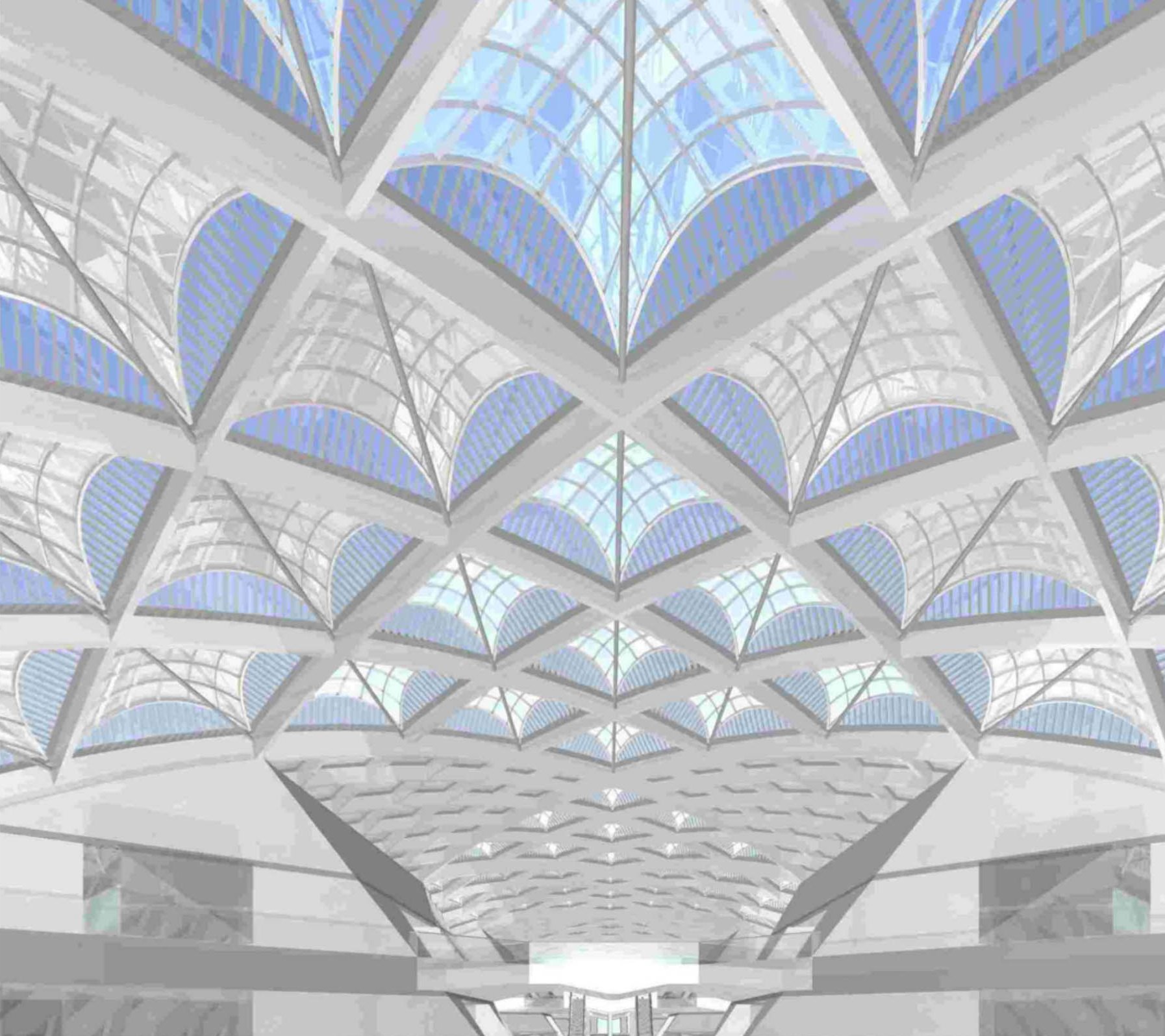
La stazione di Firenze Belfiore sarà il simbolo del salto infrastrutturale e della rivoluzione della mobilità che sta investendo la città. L’immagine dell’opera è sintetizzata da una grande copertura parzialmente vetrata sorretta da un’agile struttura in acciaio che rimanda alla tradizione delle gallerie ereditate dall’Ottocento ma con contenuti tecnologici nuovi, attenti a soluzioni ambientalmente sostenibili.
Un sistema multilayer dove ciascuna componente assolve a funzione diverse garantisce il controllo ambientale ed acustico, l’illuminazione, i ricambi d’aria e l’evacuazione dei fumi. Lo spazio interno, nelle parti aperte a tuta altezza, rende visibili i treni fin dalla superficie. Un sistema di percorsi segnati da diverse gradazioni di luce naturale ed artificiale collega il piano ferroviario, 25 metri sotto il livello stradale, al piano atrio d’accesso dove sono concentrati tutti i servizi di stazione e le loro uscite verso i terminal degli altri mezzi di trasporto.
The Firenze railroad station will exemplify the infrastructural upgrading an revolution in mobility that is impacting the city. The work consist of a large, partially glazed roofin supported by a slender steel structur that conjures up the tradition of galleries inherited from the 1800’s but with new technological contents and with a focus on environmentally sustainable solutions.
A multi-layered system where each component has a different function and guarantees environmental and acoustic control, lighting, air circulation and fume emission. The interiors, open from floor to ceiling, make all the trains visible from ground level.
A system of routes with various degrees of a natural and artificial light connects the railroad, 25 meters below roard level, to the entrance atrium where all the railroad station services are concentrated, to the exits towards the other transport terminals.
Autore/Author: Norman Foster
Ha fondato a Londra nel 1967 la Foster and Partners. Oggi vanta una dozzina di uffici nel mondo. Lo studio si occupa di una serie di progetti: masterplan urbanistici, aeroporti, edifici civili, culturali e per uffici, residenze private e product design. Di recente ha completato progetti come il Nuovo Parlamento Trdesco a Berlino, l’aereoporto internazionale Chek Lap Kok ad Hong Kong e la Great Court presso il British Museu a Londra. Lo studio ha ricevuto oltre 300 premi e ha vinto 60 concorsi nazionali e internazionali. Nel 1999 Norman Foster ha ricevuto il titolo di Lord Foster of Thames Bank
Foster and Partners was founded in London, in 1967. Today, there are a dozen of offices in the world. The studio works on different projects: urban master plans, airports, public and cultural buildings, offices and housing, and product design. Completed projects: such as the new German Parliament in Berlin, the Chek Lap Kok internationa airport, in Hong Kong, and the Great Court in the British Museum, in London. The studio has received over 300 awards, and has won 60 tenders. In 1999, Norman Foster was give the title of Lord Foster of Thames Bank.
Autore/Author: ARUP
E’ una società di consulenza ingegneristica internazionale e multidisciplinare fondata nel 1946 da Sir Ove Arup (1895-1988), con competenze che vanno dall’ingegneria fino all’archeologia e al design automobilistico. La società offre il proprio know-how e le soluzioni tecniche nel corso della pianificazione, della progettazione e della realizzazione delle opere. Oggi Arup ha uffici nei cinque continenti ed è coinvolta in 8000 progetti in 100 paesi, con oltre 7000 collaboratori nel mondo. Più della metà dell’attività di Arup si svolge in Europa, dove ha consolidato la propria presenza con 12 studi. Nel 2000 è stata aperta la sede italiana a Milano.
Arup is an international, multidisciplinary firm of consulting engineers that was founded in 1946 by Sir Ove Arup (1895-1988). It operates in fields as diverse as engineering, archaeology and car design. The company provides its technical expertise and solutions during all design phases from planning to construction. Today, Arup has offices on five continens, and is involved in 8000 projects, in over 100 countries, with over 7000 employees throughout the world. More than half of Arup’s work is carried out in Europe, where it has established 12 offices. The italian office was opened in Milan in 2000.
